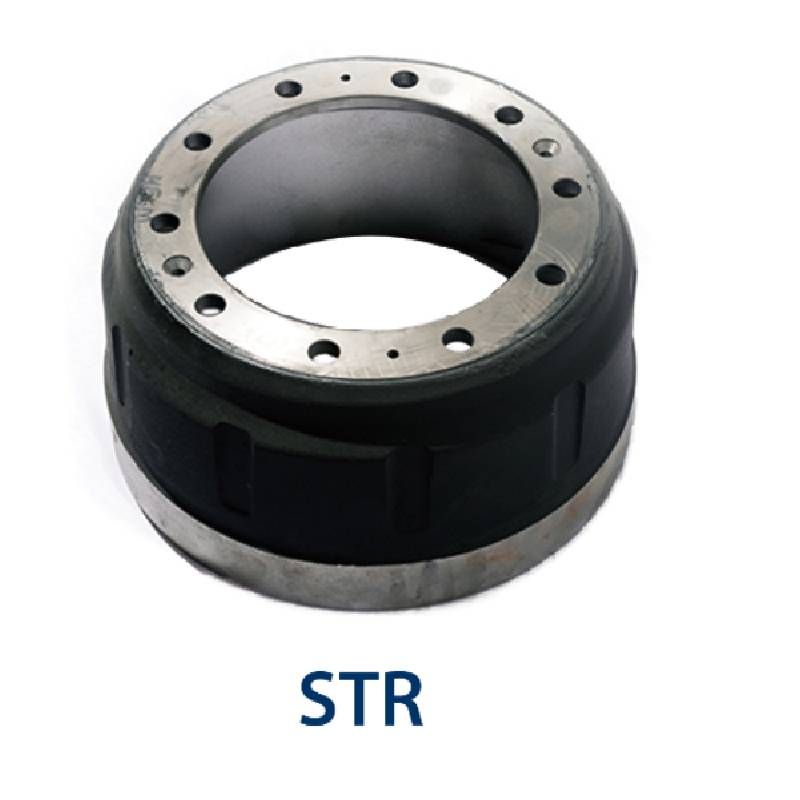Nov . 07, 2024 19:09 Back to list
Brake Drum Restoration and Maintenance Tips for Optimal Vehicle Performance
Brake Drum Repair Essential Maintenance for Vehicle Safety
Brake drums are crucial components of a vehicle's braking system, especially in older vehicles with drum brakes. While disc brakes are more common in modern cars, many trucks and some cars still utilize brake drums for their reliability and cost-effectiveness. However, like any part of the vehicle, brake drums can wear out over time and may require repair or replacement. Understanding the importance of brake drum maintenance and how to identify potential issues can help ensure your vehicle operates safely.
What is a Brake Drum?
A brake drum is a cylindrical component that houses the braking mechanism in drum brake systems. When you press the brake pedal, brake shoes inside the drum are forced outward against the drum's inner surface, creating friction that slows down the wheel's rotation. Brake drums offer several advantages, including better performance in wet conditions and the ability to manage larger loads, making them a preferred choice for heavy-duty vehicles.
Signs That Brake Drums Need Repair
Recognizing the signs that your brake drums may need repair can save you from more extensive damage and ensure safe driving conditions. Here are some common indications
1. Squeaking or Grinding Noises If you hear a high-pitched squeak when applying the brakes, it may be due to worn brake shoes. Grinding noises indicate that the shoes have worn down to the point where metal is scraping against the drum, which can lead to severe damage if not addressed promptly.
2. Vibration or Pulsation If you experience a vibrating or pulsating sensation in the brake pedal while braking, it could indicate that the brake drums are warped. Warping occurs due to excessive heat buildup, often from overuse or heavy loads, creating uneven contact between the shoes and the drum.
3. Reduced Braking Performance If you notice that you need to apply more pressure to the brake pedal to achieve the same stopping power, your brake drums may need attention. This loss of performance can be disastrous in emergency situations and should not be ignored.
4. Visible Cracks or Scoring Regular visual inspections of your brake drums can help detect physical damage. Look for cracks, scoring, or discoloration on the drum surface. Any significant damage requires immediate repair or replacement.
brake drum repair

The Repair Process
Repairing brake drums generally involves several steps
1. Inspection A thorough inspection of the brake system is critical. Mechanics will check the condition of the brake shoes, the surface of the drum, and the hydraulic system to identify any related issues.
2. Resurfacing If the brake drum has minor imperfections, a process called resurfacing can restore its smoothness. This involves machining the drum's inner surface to ensure even contact with the brake shoes.
3. Replacement In cases where the drum is severely damaged or beyond resurfacing, replacement is necessary. New drums will ensure optimal performance and safety.
4. Reassembly and Testing After repairs are made or new parts are installed, the brake system is reassembled, and a thorough testing procedure is performed to ensure everything is functioning correctly. This includes checking the braking response and ensuring there are no leaks in the hydraulic system.
Importance of Regular Maintenance
Regular maintenance of your vehicle’s braking system, including the brake drums, is vital for safety. Routine inspections and servicing can catch minor issues before they escalate into significant problems. It is advisable to have your brakes checked at least once a year, or more frequently if you do a lot of towing or drive in mountainous areas.
Conclusion
Brake drum repair is an essential aspect of vehicle maintenance that contributes significantly to road safety. Understanding the signs of wear and knowing when to seek professional help can help protect you and others on the road. By ensuring your brake drums and overall braking system are in good condition, you are not only maintaining your vehicle but also enhancing your driving experience. Remember, when it comes to brakes, safety should always come first. Keeping an eye on your brake systems and engaging in preventative maintenance will lead to a safer and more reliable vehicle.
-
HINO Industrial Solutions - ¡Ң���ຽ��е��������˾ | Advanced Efficiency&Customization
NewsJul.13,2025
-
HINO Industrial Efficiency Solutions - ¡Ң���ຽ��е��������˾
NewsJul.13,2025
-
HINO Industrial Solutions - ¡Ң���ຽ��е��������˾ | Advanced Technology&Reliability
NewsJul.13,2025
-
HINO Industrial Efficiency-Jiangsu Hino Industrial|Productivity Optimization&Cost Reduction
NewsJul.12,2025
-
HINO-¡Ң���ຽ��е��������˾|Advanced Industrial Solutions&Energy Efficiency
NewsJul.12,2025
-
Premium Brake Drum Iveco – Durable Drum Brake Drum & Brake Shoe Solutions
NewsJul.08,2025
